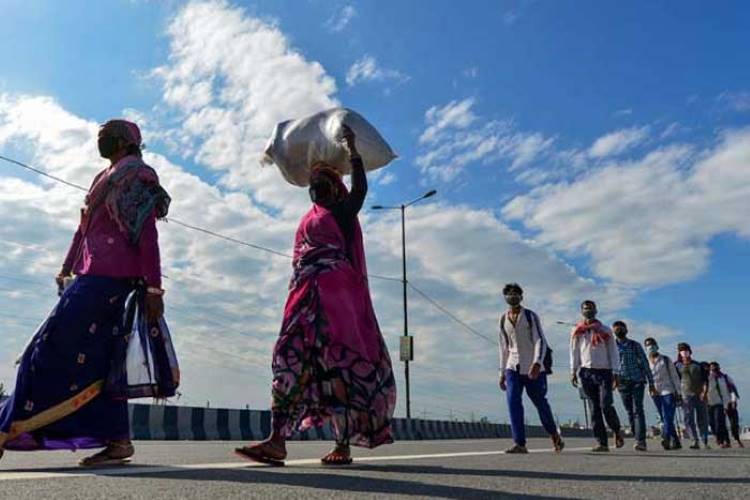
By Ria Saha
India has 139 million internal migrants (Census 2011) who travel inter- and intra-state, looking for employment in industries such as manufacturing, construction, mining, electricity, and water supply, as well as in agriculture. The percentage of informal workforce employed in the unorganized sector is debateable as different studies throw up disparate numbers. According to National Statistical Commission, half of India’s gross domestic product (GDP) comes from the unorganized sector. It is estimated that seasonal migrants contribute 10% of the nation’s economic output.
The Economic Survey (2017) says 9 million migrant workers undertake inter-state travel annually. Terms such as seasonal, short-term, internal, and circular migrants are interchangeably used in the literature. There is no realistic and updated number on migration and types of migration. The government of India has failed to adequately capture the migration patterns and trends in the country. Due to this, the number of migrants currently employed in different sectors of the economy is unknown.
READ: ‘COVID-19 lockdown debate is lives vs lives, not lives vs livelihoods’
Impact of Covid-19
The migrant workers have been the worst sufferers of the Covid-19 pandemic and the nationwide lockdown. The lockdown was announced on short notice and millions of migrant workers got stranded at their workplaces with no basic facilities. Close to six lakh migrant workers have somehow managed to return to their homes, while a large number of them are still stuck in cities.
The government has operationalised 22,567 relief camps and quarantine centres in 578 districts for the migrant workers, providing them regular food for sustenance. But unfortunately, these are not enough to accommodate the teeming millions who got stranded. Stories of migrant workers in Purulia district of West Bengal quarantining themselves on trees, some in Orissa being forced to isolate themselves in shanties built in rice fields and a few workers taking shelter under a Delhi bridge are making rounds in national dailies.
READ: Covid-19: How Kerala fought the deadly virus
How can the government provide basic sustenance to each migrant worker in the country when it doesn’t have accurate data on their whereabouts? Sources have mentioned the desperation and urge of the stranded migrant workers to return to their villages during the lockdown, but the government is yet to collect usable data on them. Several migrant workers are excluded from social benefits provided under different central government and state government schemes as these benefits will be given to only those who were at their home during the enrollment process.
The way ahead
Due to the absence of identification documents such as AADHAR and MNREGA job card, several seasonal inter-state migrant workers become ineligible to access social security and health benefits. While many inter-state migrant workers hold AADHAR card, they are not legally registered at their respective employment sites and hence are excluded from state-level social and health benefits.
In this scenario, how would these migrant workers access emergency health services at their temporary homes? Due to the extension of the lockdown, many have been forced to get employed in their home states depending on their skill sets. A robust database could have helped migrant workers return to their workplaces in a phased manner.
READ: Revive social ties to survive Covid-19 reverse migration
The Union government has taken several steps to help every migrant worker in the country, but the success rate is not very good. It is important for the country to have a nationwide open database of migrant workers (linked with ADHAAR upon registering with respective employment sectors) to provide them a healthy and secure lifestyle. The crisis created by the Covid-19 pandemic must be used to kick off work towards building a robust database.
(Ria Saha is a UK-based global health professional. She specialises in maternal health, sexual reproductive health, and health systems.)
